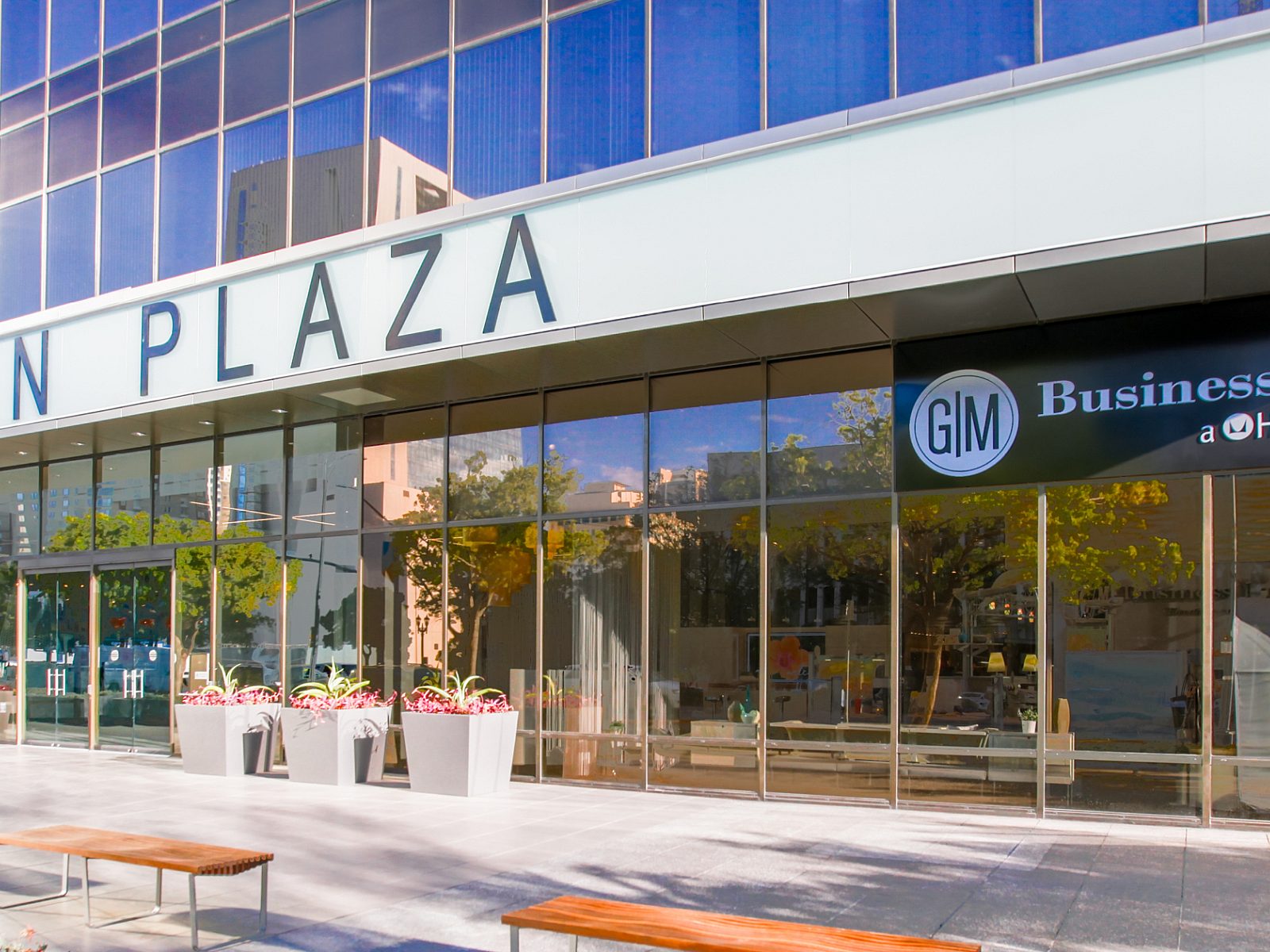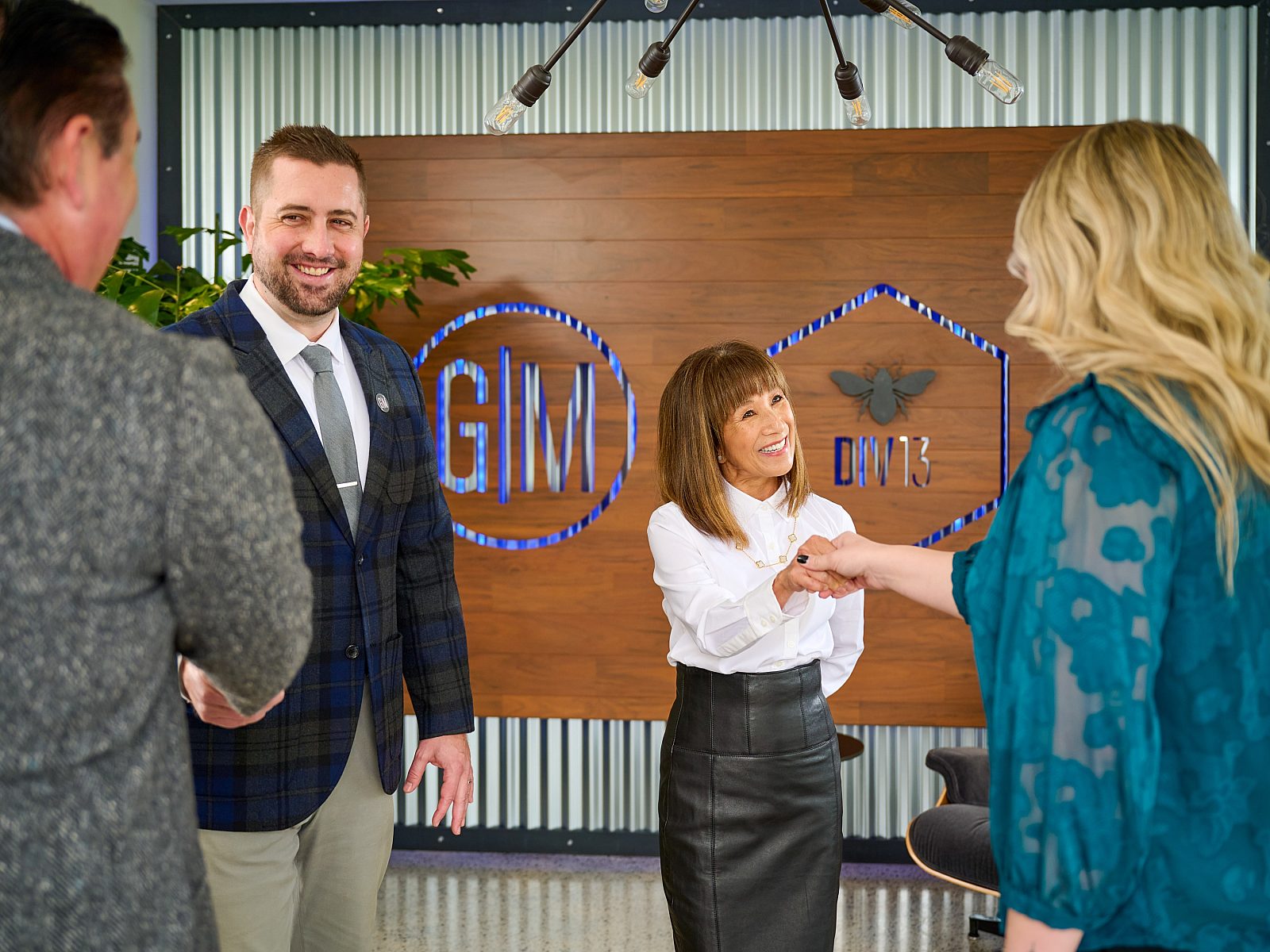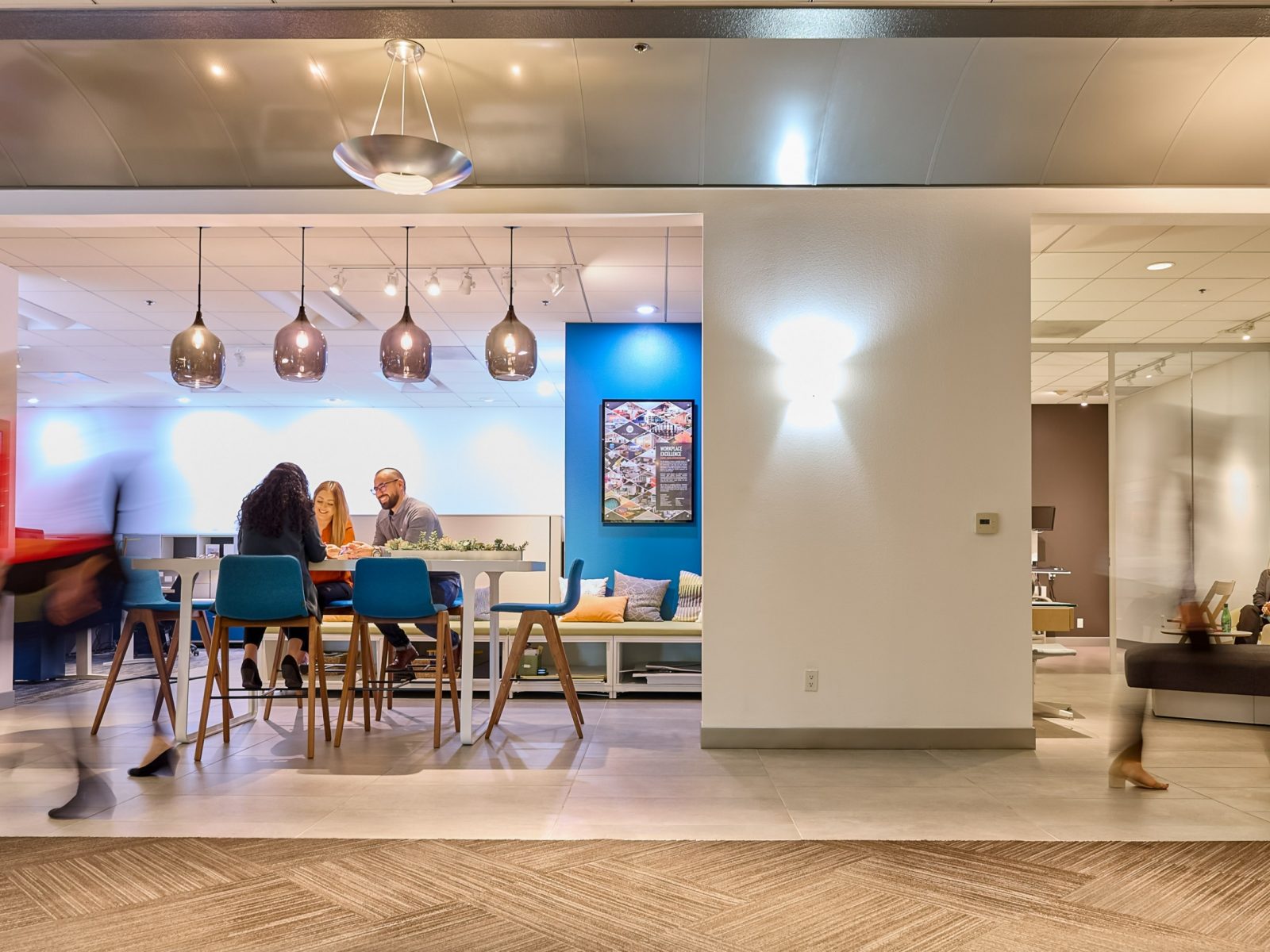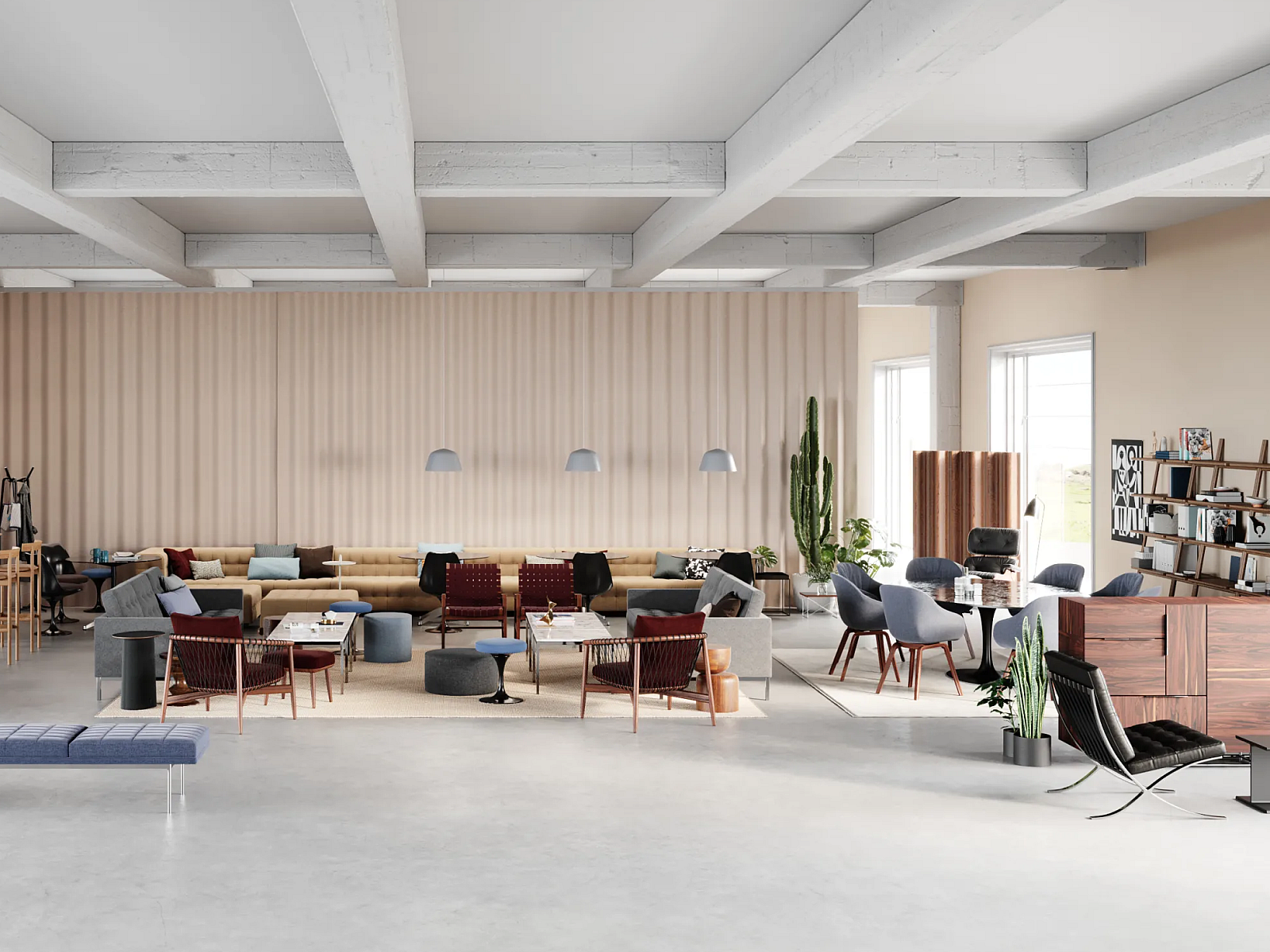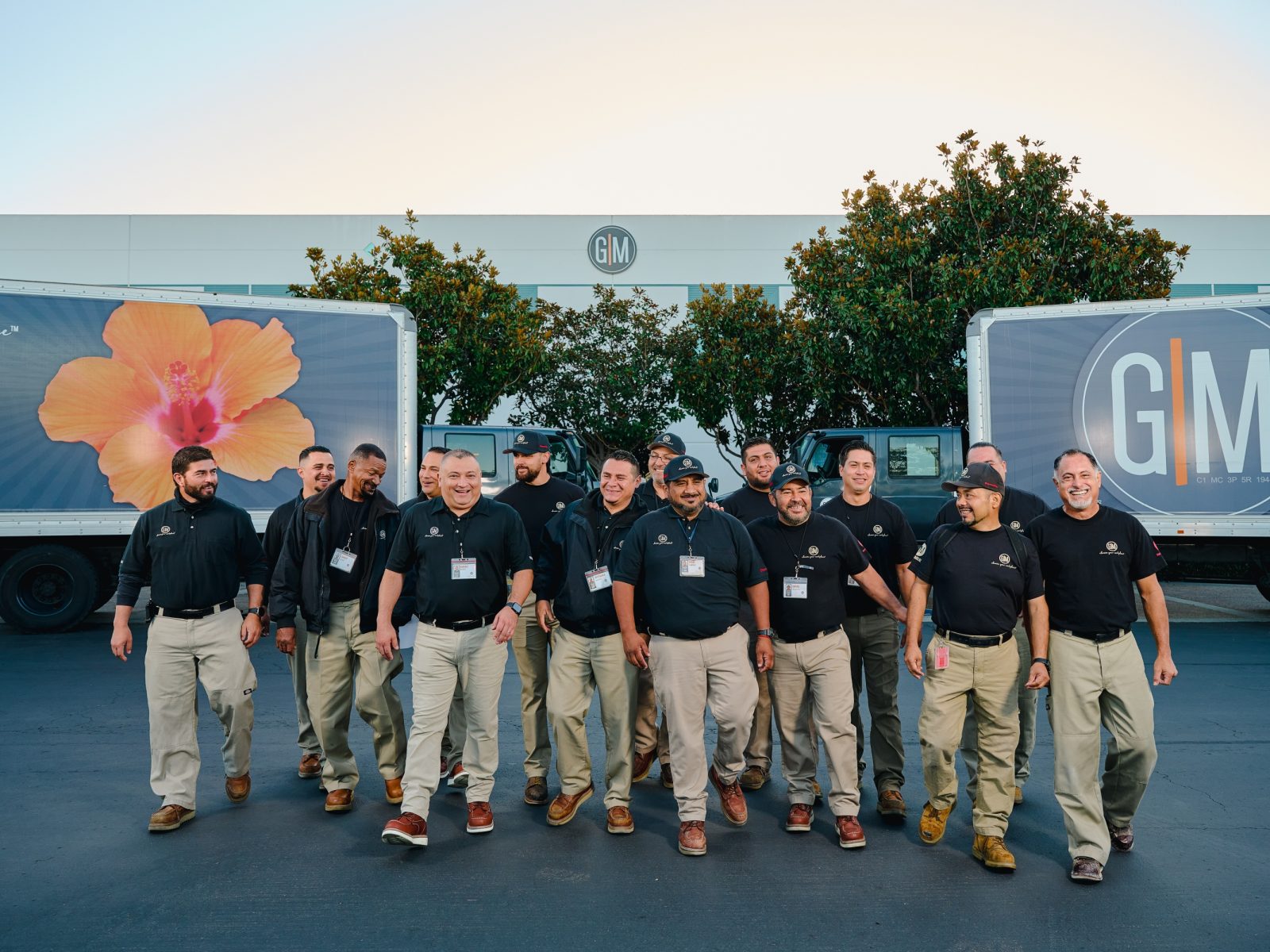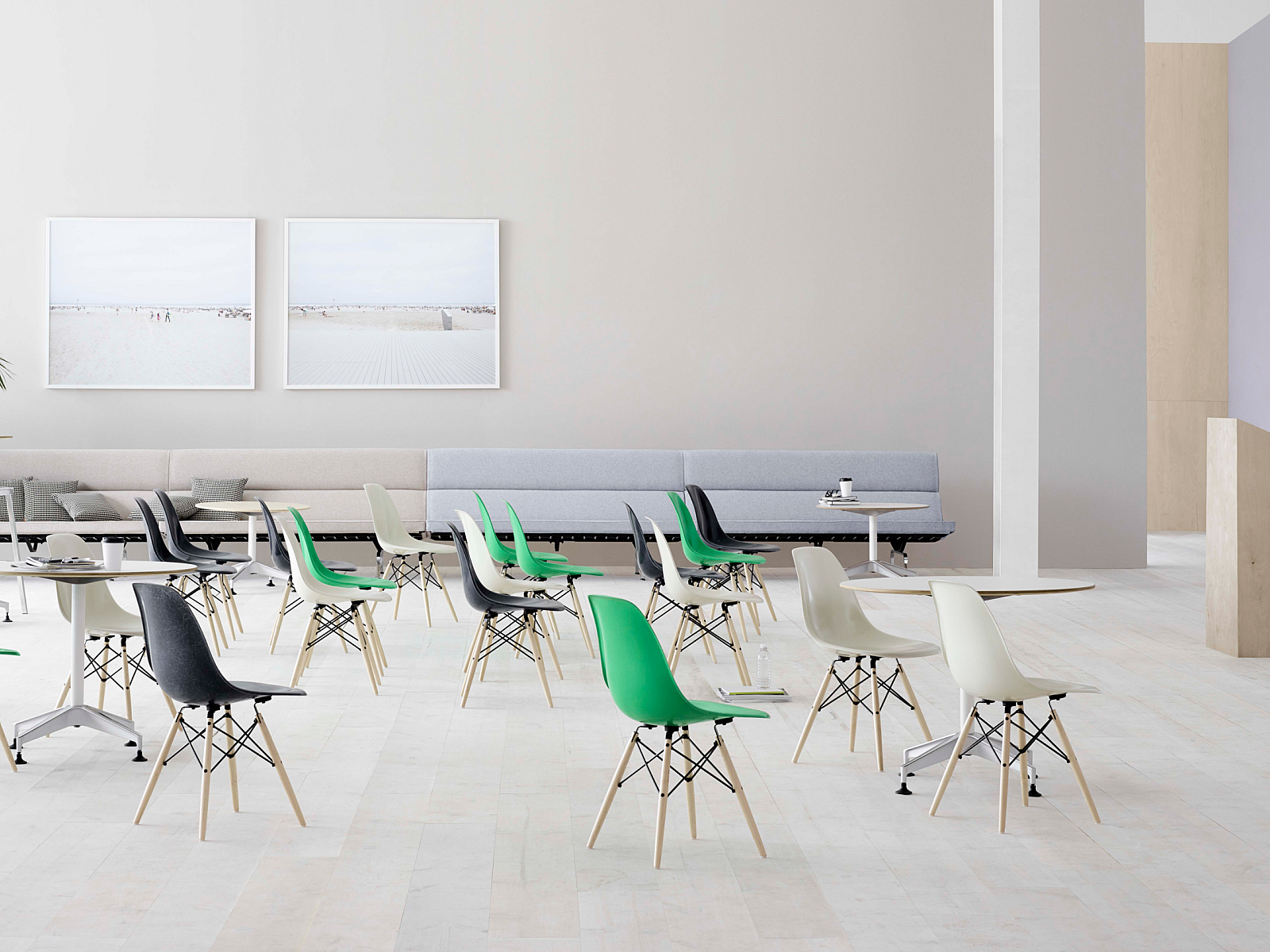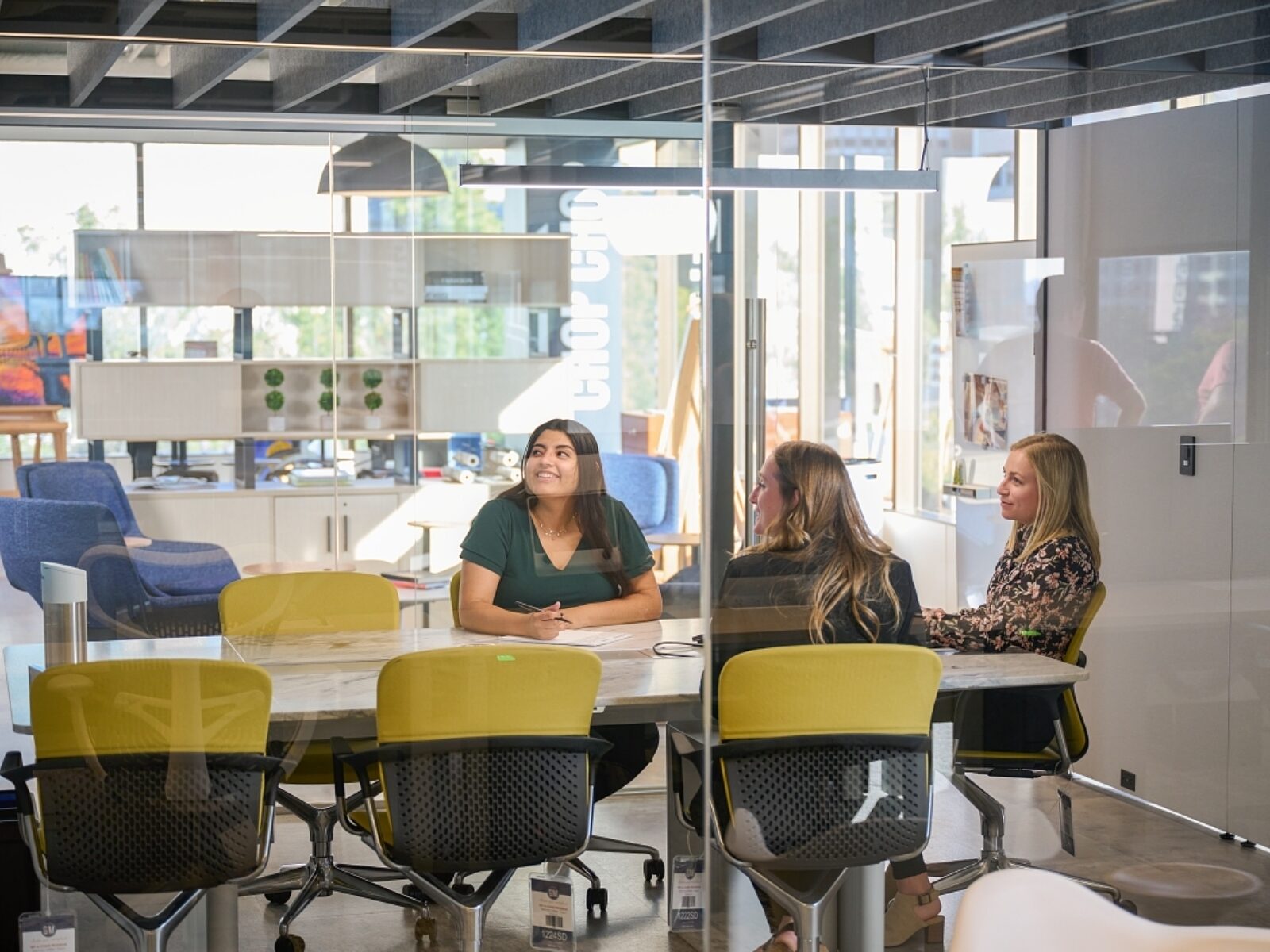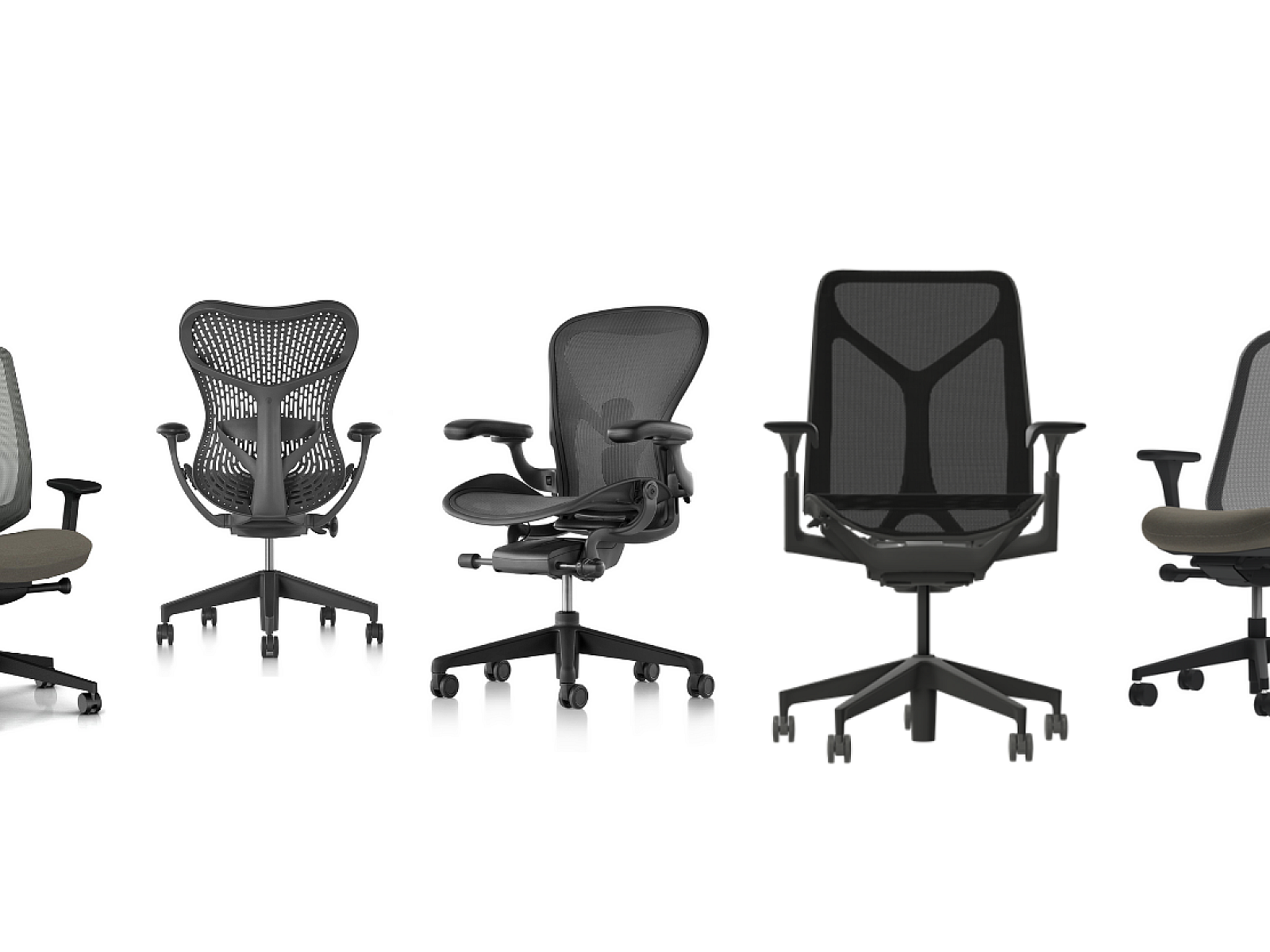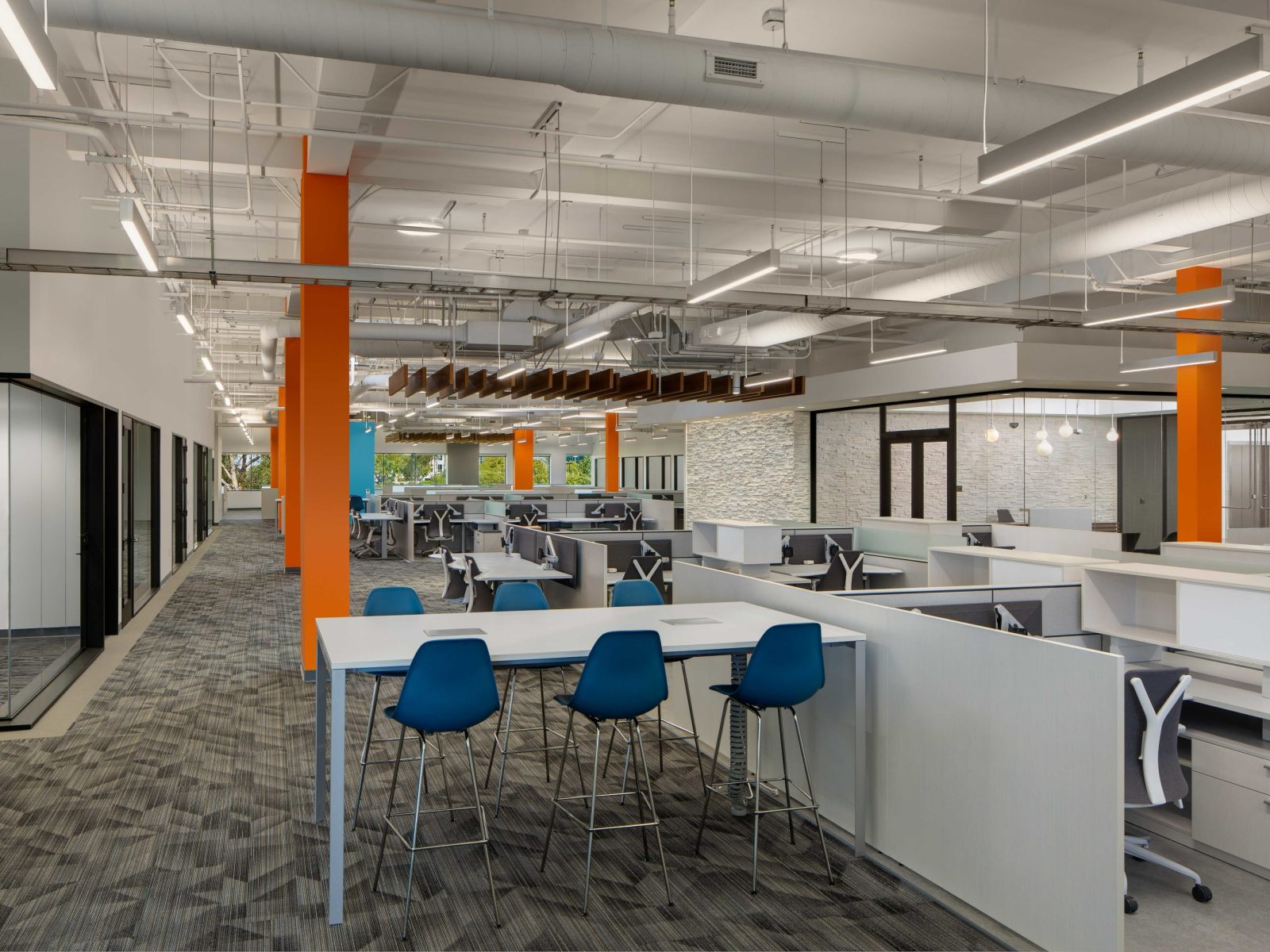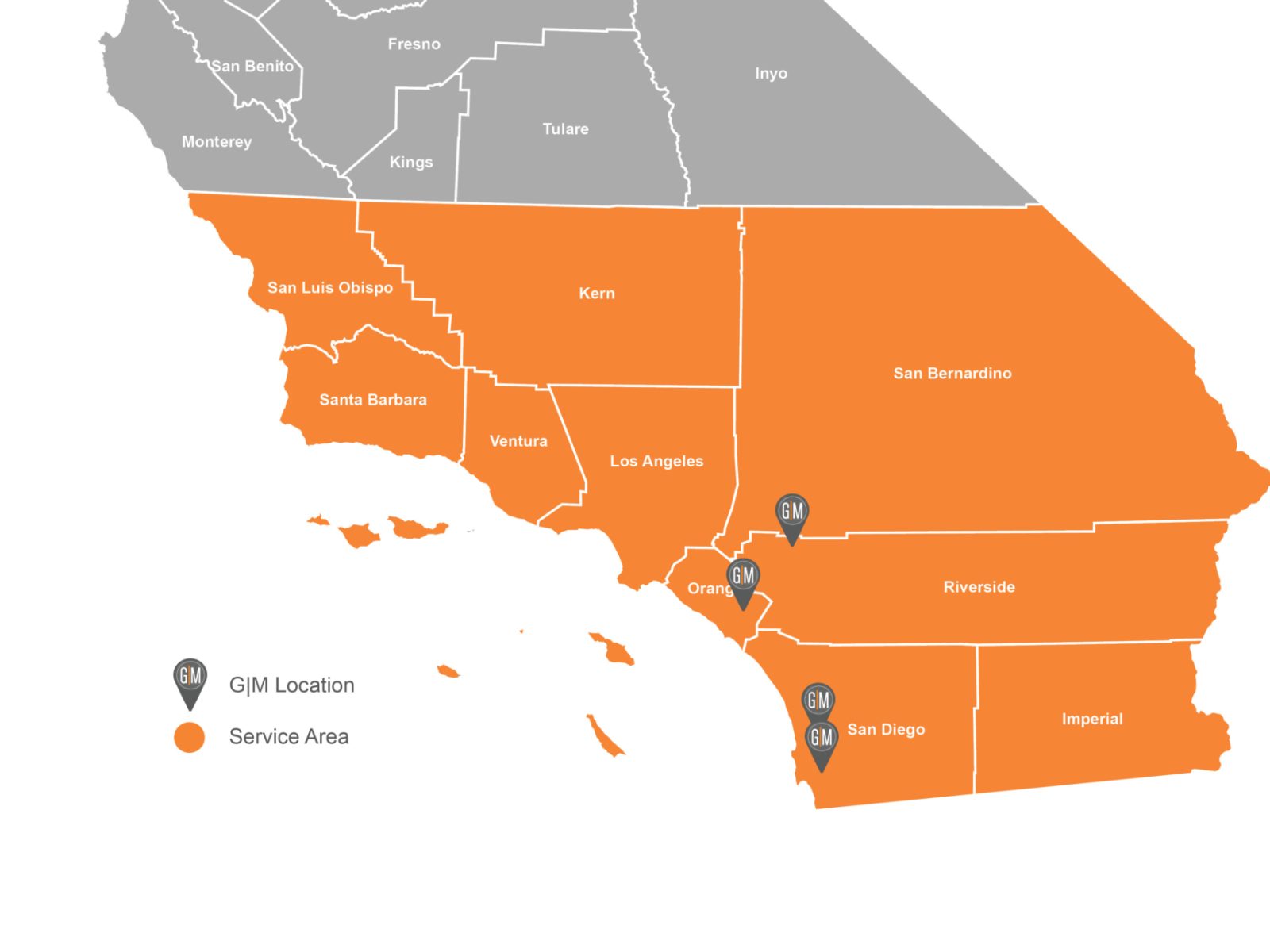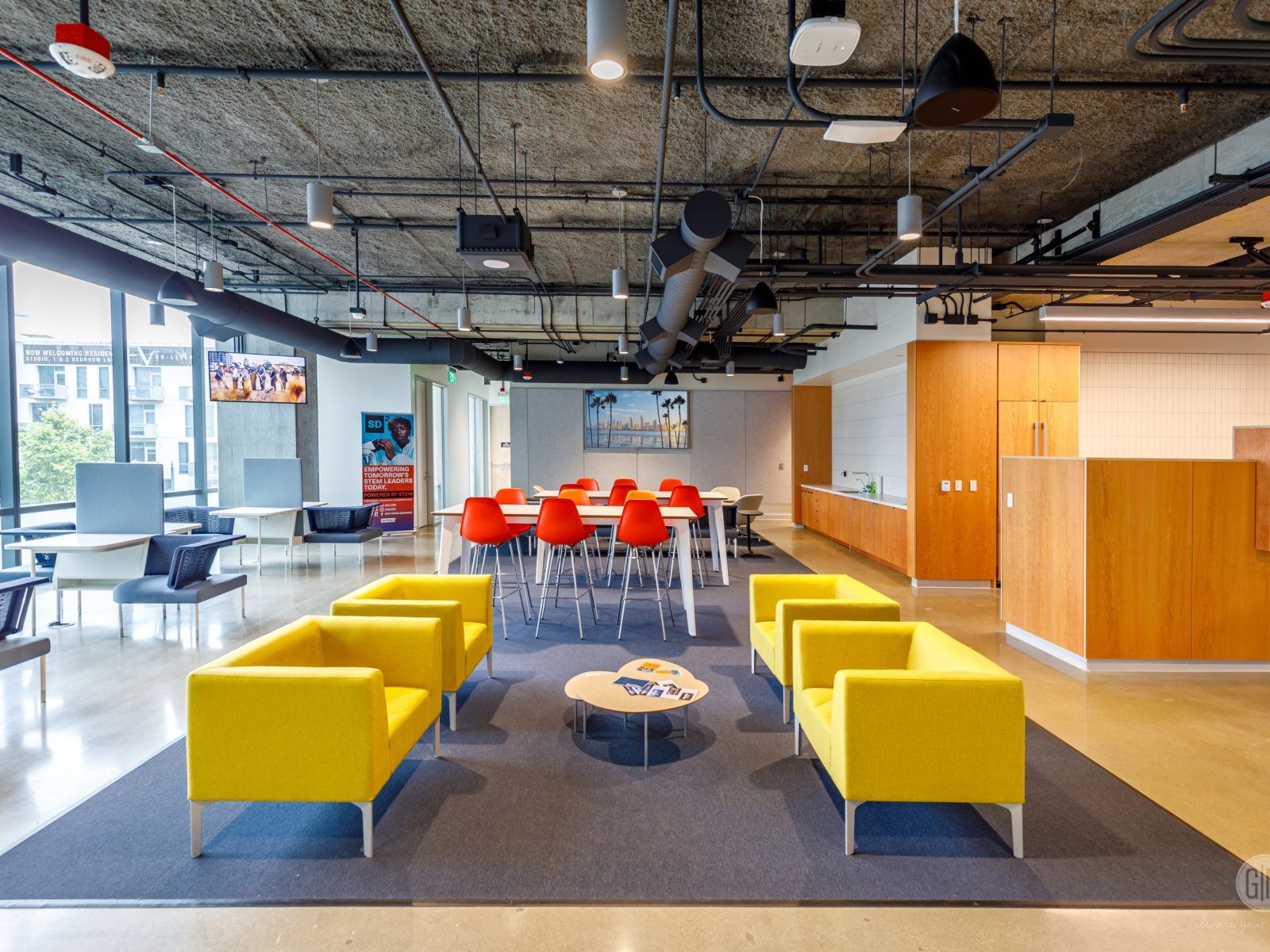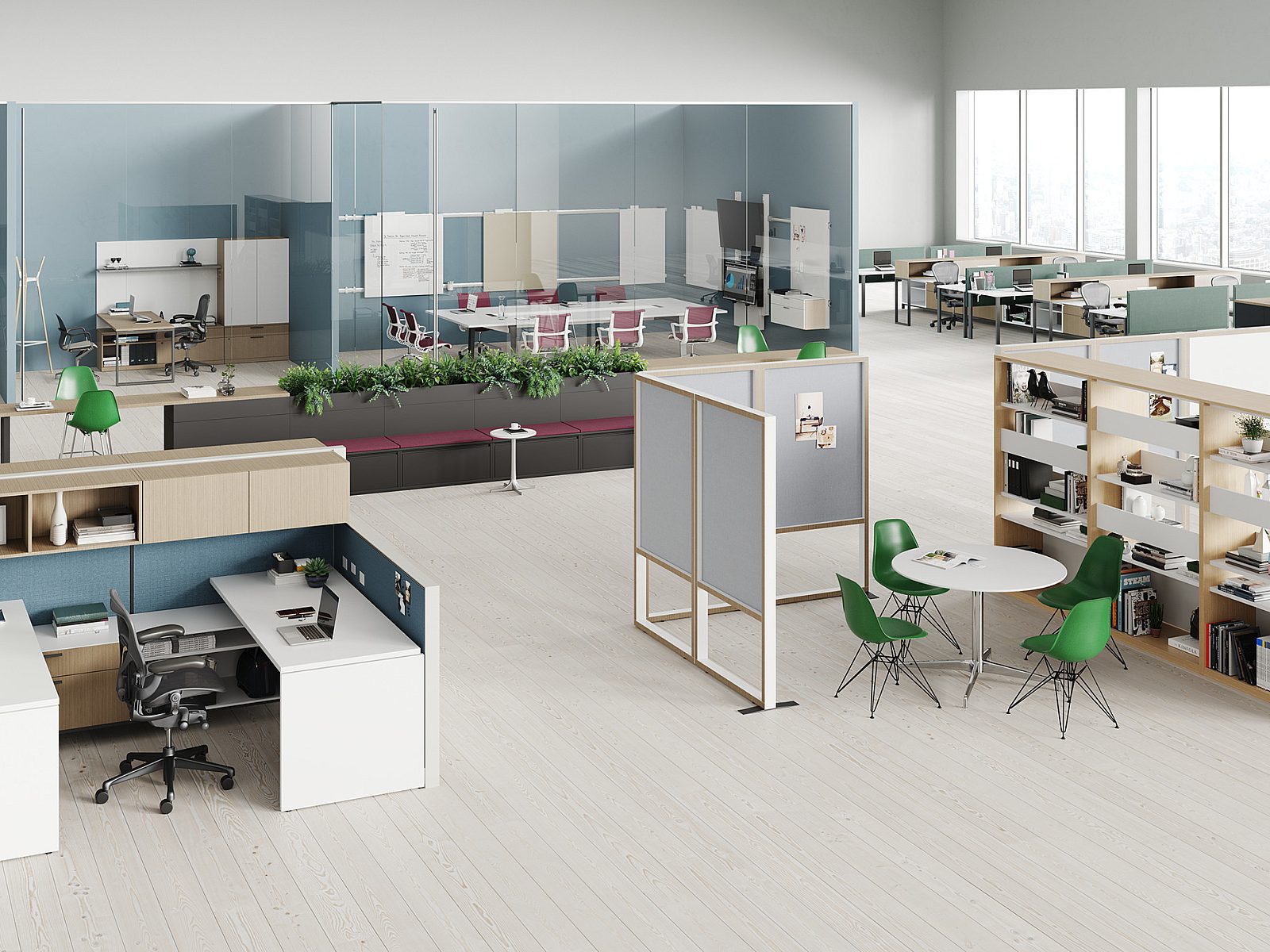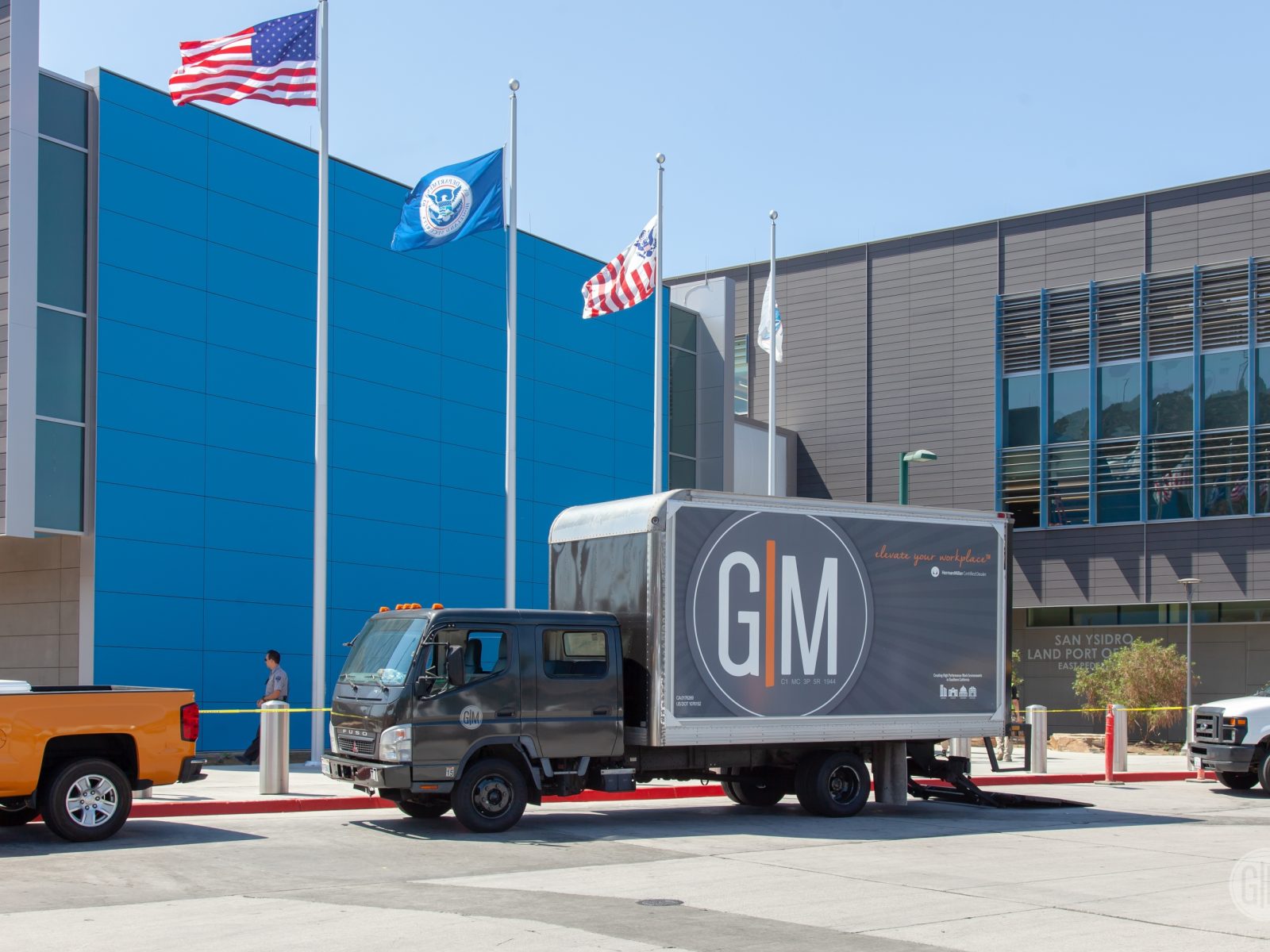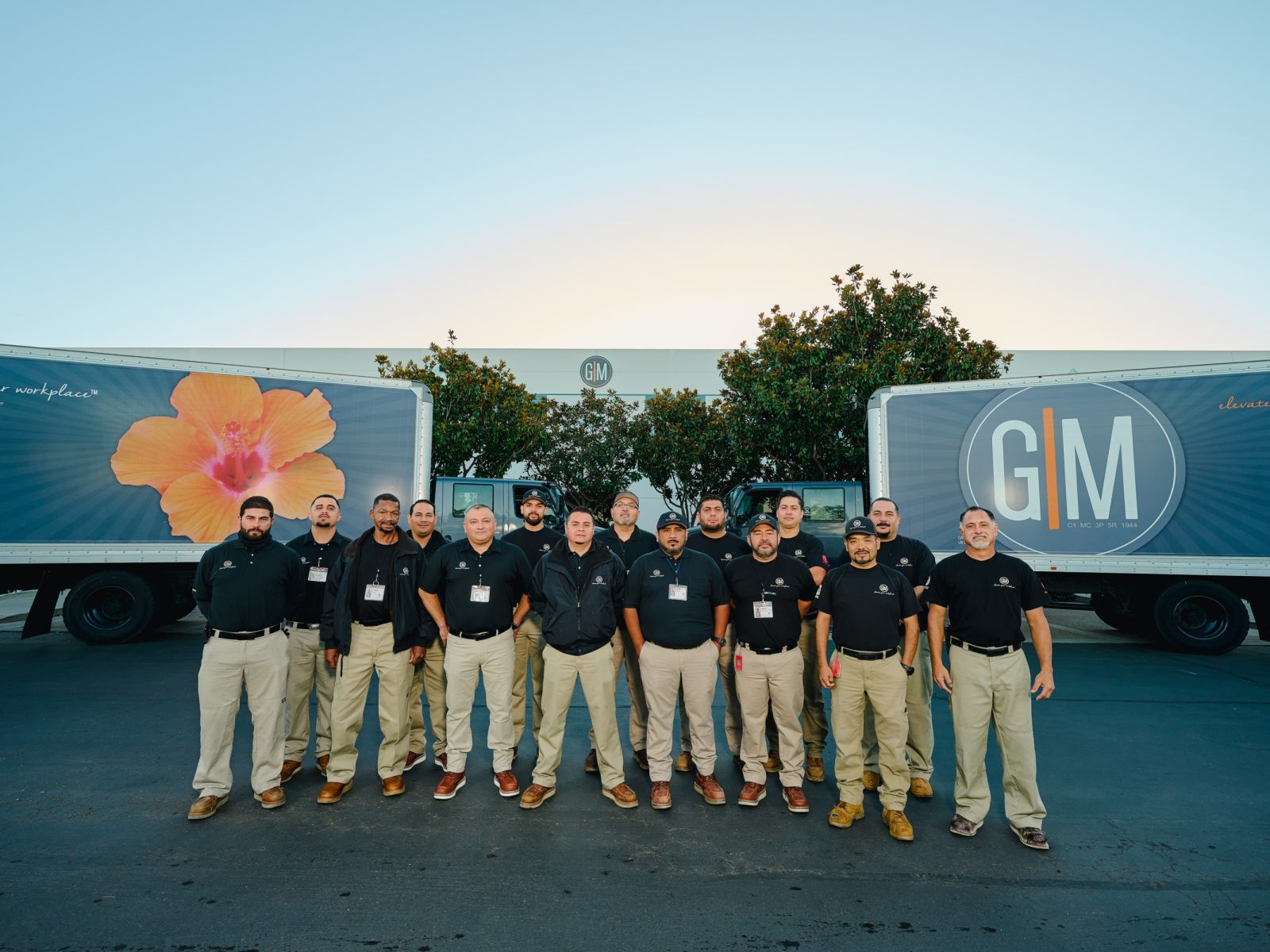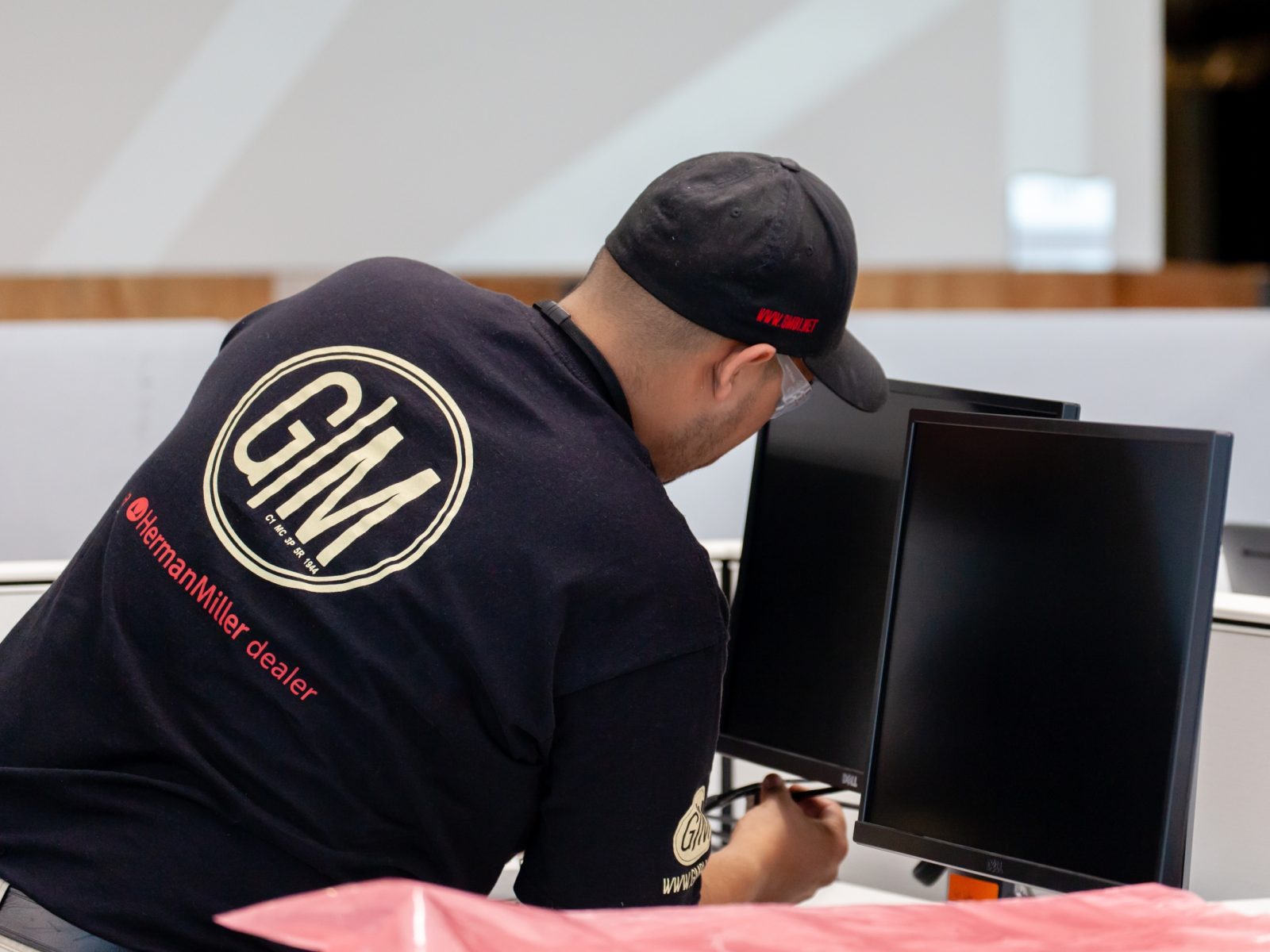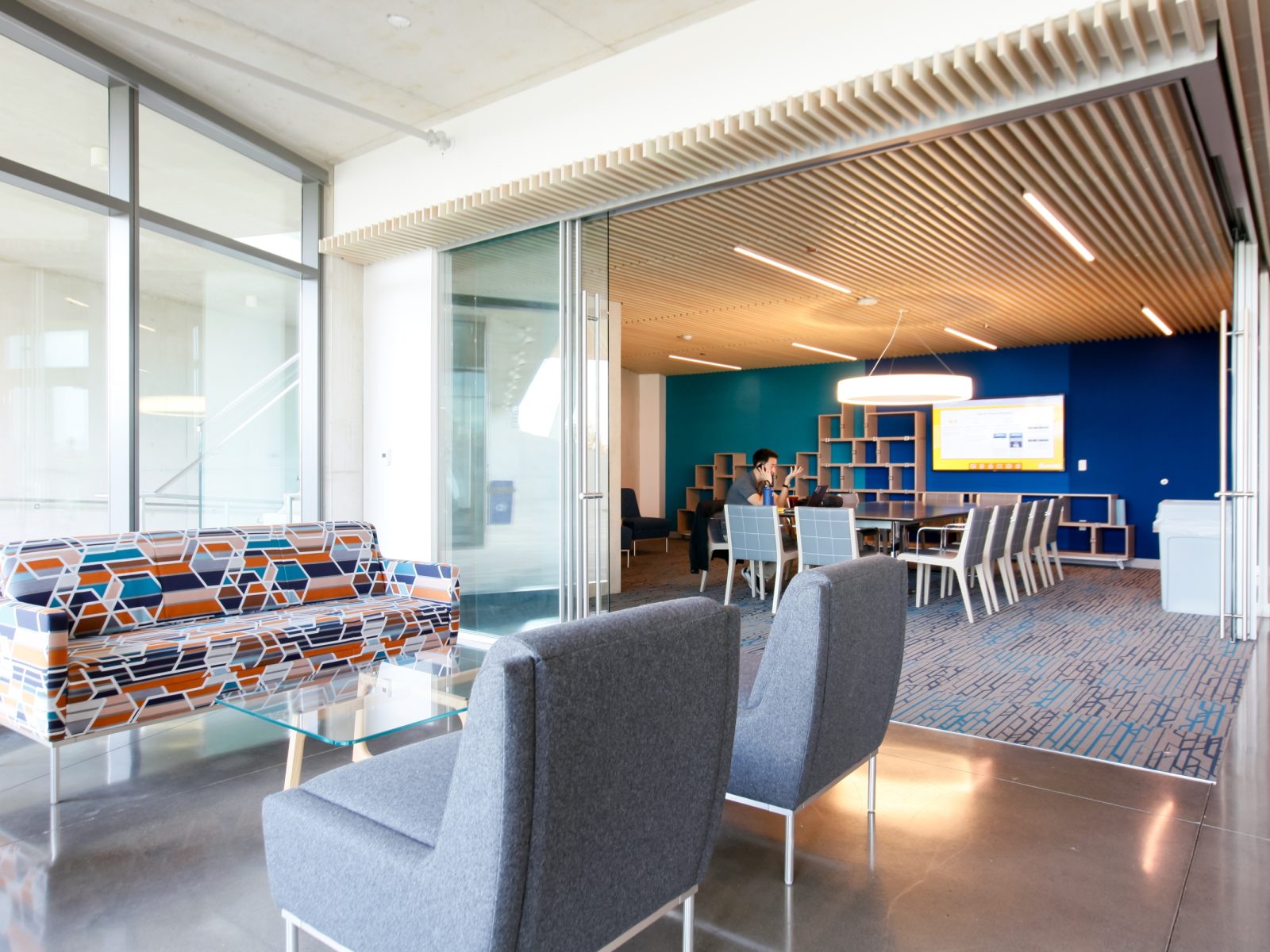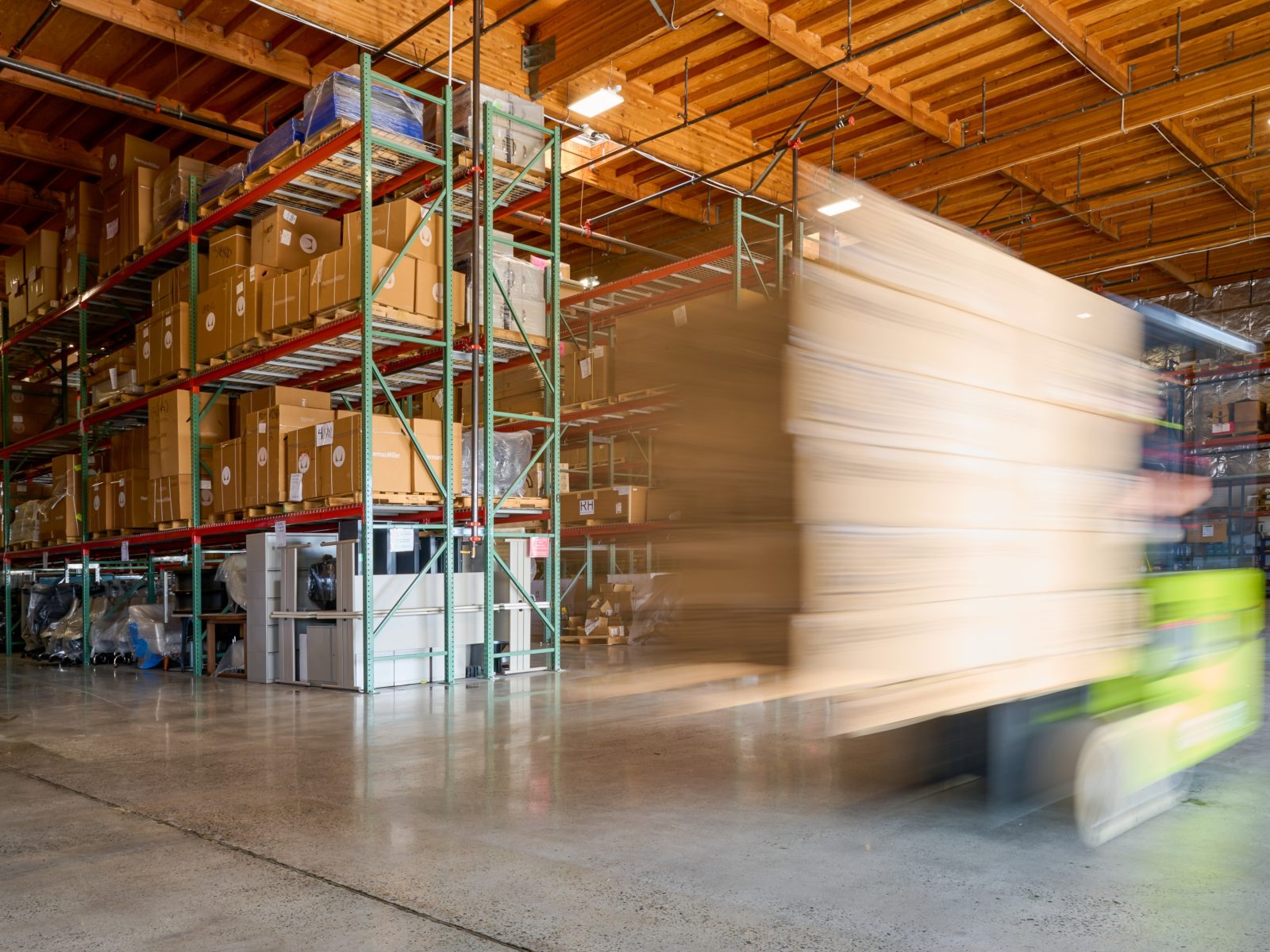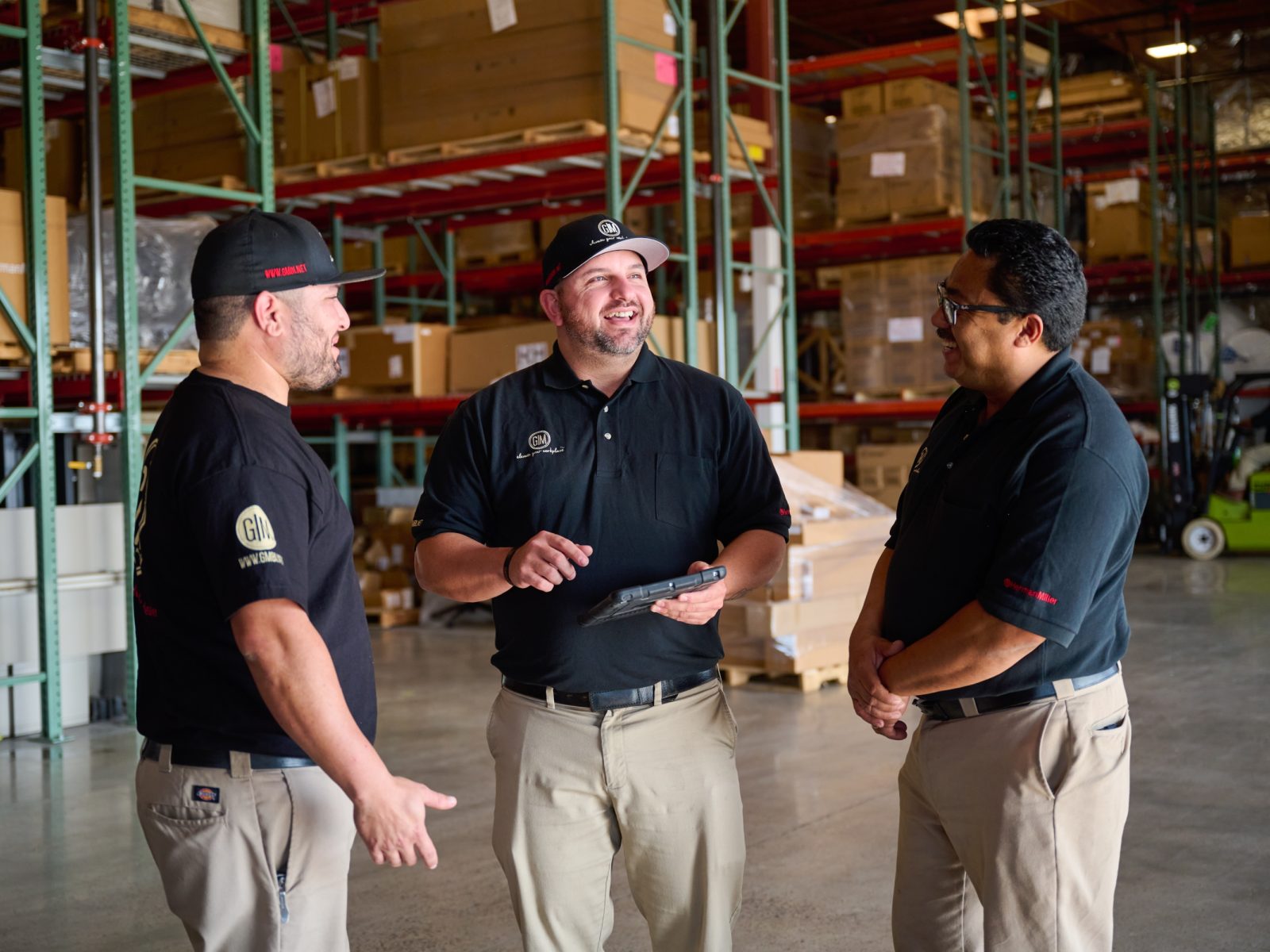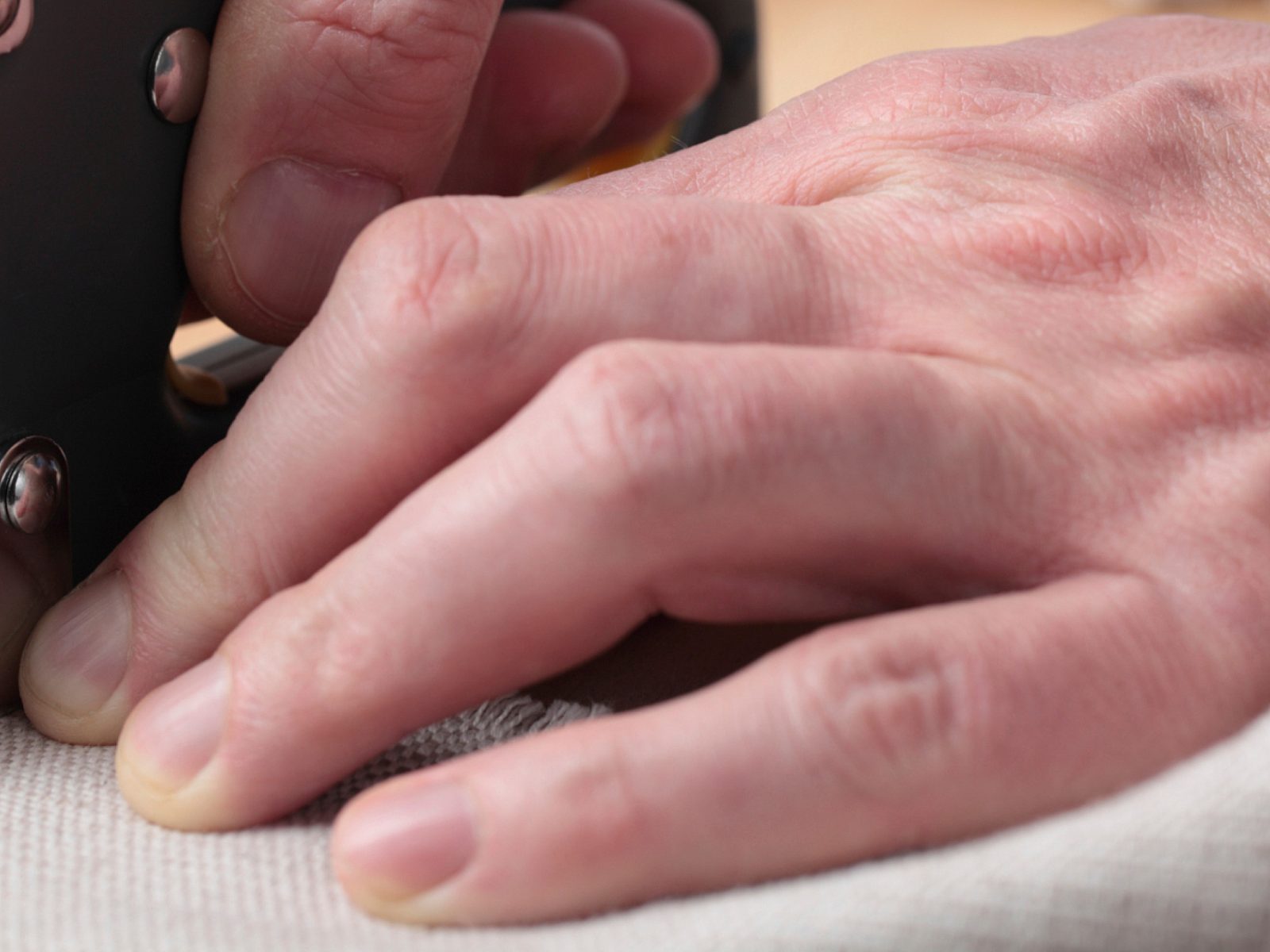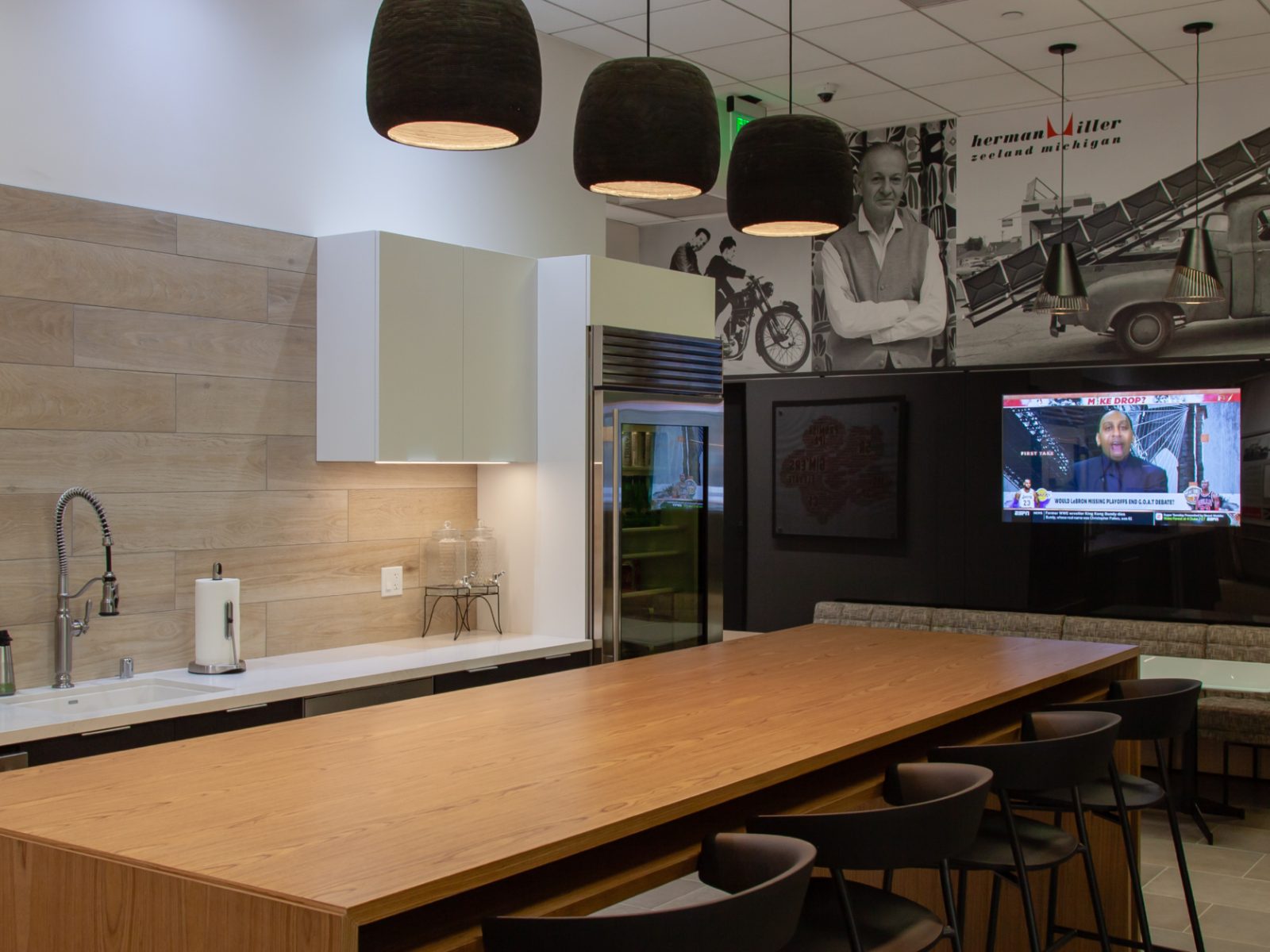How To Create Commute-Worthy Destinations
DLR Group’s Jeremy Reding shares three themes that will help define what matters to employees when considering their return on commute.

This article was written by DLR Group’s Jeremy Reding for Work Design Magazine.
- To make office spaces appealing and give employees a sense of added value, organizations are focusing on integrating their workspaces with the local community, encouraging the use of local services and culturally enriching activities to enhance the desirability of coming into the office.
- Recognizing the importance of work-life balance, companies are adopting more flexible approaches to office attendance, allowing employees to better tailor their in-office hours to suit personal preferences and commitments.
- Effective and supportive environments are being designed with the aid of cognitive and neuroscience research to provide ergonomic workspaces tailored to various tasks, aiming to create spaces that employees actively want to work in rather than feel obligated to attend.
Making the Workplace Worth it
We have reached a consensus. The full spectrum work model, in all its evolving iterations, is here to stay. As organizations explore how to best approach this new normal, many are establishing policies and considering the long-term implications for their employees and workspace. However, in a time where employees have endless options and preferences of where to work, the primary question that remains top-of-mind is how do we create workspaces that compete with work-from-home and other remote working possibilities, places where employees want to be?
The Return on Commute (ROC) has become the new Return on Investment (ROI) for employees evaluating if and when they come into the office. It is understood that human connection and in-person collaboration are essential, but for employees to truly feel the value of investing in the commute to the office, they want to see that their organizations are also investing in them. Now, more than ever, there is no one-size-fits-all solution for creating workspaces that engage employees and promote their best work.
There is not a one-size-fits-all solution to the workspace…
There is not a one-size-fits-all solution to the workspace as each company will need to account for their culture, work style, and policies. The following three themes will help to define what matters to employees when considering their ROC.
1. Vibrant Cities and Community Investment
Corporations play an essential role in strengthening and growing their surrounding communities, transforming them into vibrant destinations where people want to spend their time. Return to office has the potential to breathe new life into downtown centers where small, local businesses rely on foot traffic to keep their doors open. Organizations can support this by being mindful of the amenities they put into their workspace, for example instead of investing in an in-house cafeteria or state-of-the-art coffee bar, companies can choose to order catering through local businesses or provide employees with “neighborhood bucks” to spend on food or activities outside of the workplace during their breaks.
Organizations can also invest in their community by displaying local art within the office with an option to purchase, coordinating team outings to museums or local restaurants, or offering benefits like laundry service to help with tasks they may not have time for when in-office. An investment in building up the community around your workspace can incentivize and motivate employees to want to spend and invest their time there, making their commute worth the journey.
2. Flexibility and Choice
A major step in creating or maintaining a successful hybrid work environment is realigning corporate policies with the organization’s culture. Previous workplace models revealed a flaw in how to deal with the struggle for work-life balance. An element of remote work that became invaluable to employees is the flexibility that this environment offered for them to balance work and personal commitments.
As employees return to the office and recommit to the commuting journey, which for many is longer than it was pre-pandemic, organizations that are flexible about when and how they bring people together in the office will have higher levels of employee satisfaction, productivity, and engagement. There is joy to be found in commuting when employees have more freedom to decide when it works best for their schedules. This can be achieved by offering more flexibility for how employees choose to spend their time in the office.

3. Workspaces for Every Function
Workplace design has long considered the unique work modalities that occur throughout the day. Those types of adaptable and agile spaces are a baseline. There is now a greater expectation for workspaces to be intentionally designed to resonate with the culture, values, and personalities of each individual organization. Employees want to know that if they are spending time in the office, they have a variety of spaces and the technology needed to do their best work.
Purposeful design, amenities that connect people, and variation that resonates with employees are crucial to creating an engaging environment and shifting the mindset from the workplace being somewhere you must be to the one you want to be. DLR Group has reviewed current research from cognitive science and neuroscience to better inform design based on task type. The resulting toolkit helps to create quality physical and cognitive ergonomics for people at work, and to plan the right types and amounts of spaces for an effective and supportive work environment.

Incorporating hospitality-focused features like warm and welcoming entries that feel like hotel lobbies, open collaboration and café areas, and a variety of meeting and conference rooms designed specifically for both in-person and virtual meetings allow for employees to feel more comfortable working through different task types throughout the day. There is also growing interest in “Zoom Villages,” which is a group of pods made up of prefabricated phone booths as well as the addition of cell-phone free zones where heads down quiet work can be done.

Amenities like cafes, coffee bars and outdoor meeting spaces also add value, encourage socialization, and provide experiences that employees cannot get by working at home. In general, offices are being designed to accommodate more specific work modes in lieu of a one-size-fits-all approach to workspaces and meeting rooms.
The workplace continues to evolve as employees and companies continue to prioritize their culture, role in vibrant cities, and recognize that work can happen in many ways going forward. Ultimately, understanding the pulse of each organization’s objective and culture to cultivate a space that meshes with employees is the top priority. We are keeping our sights on the continuing evolution of the workplace, taking note of what consistently works, and prioritizing design that is nimble enough to pivot as needed over time.


